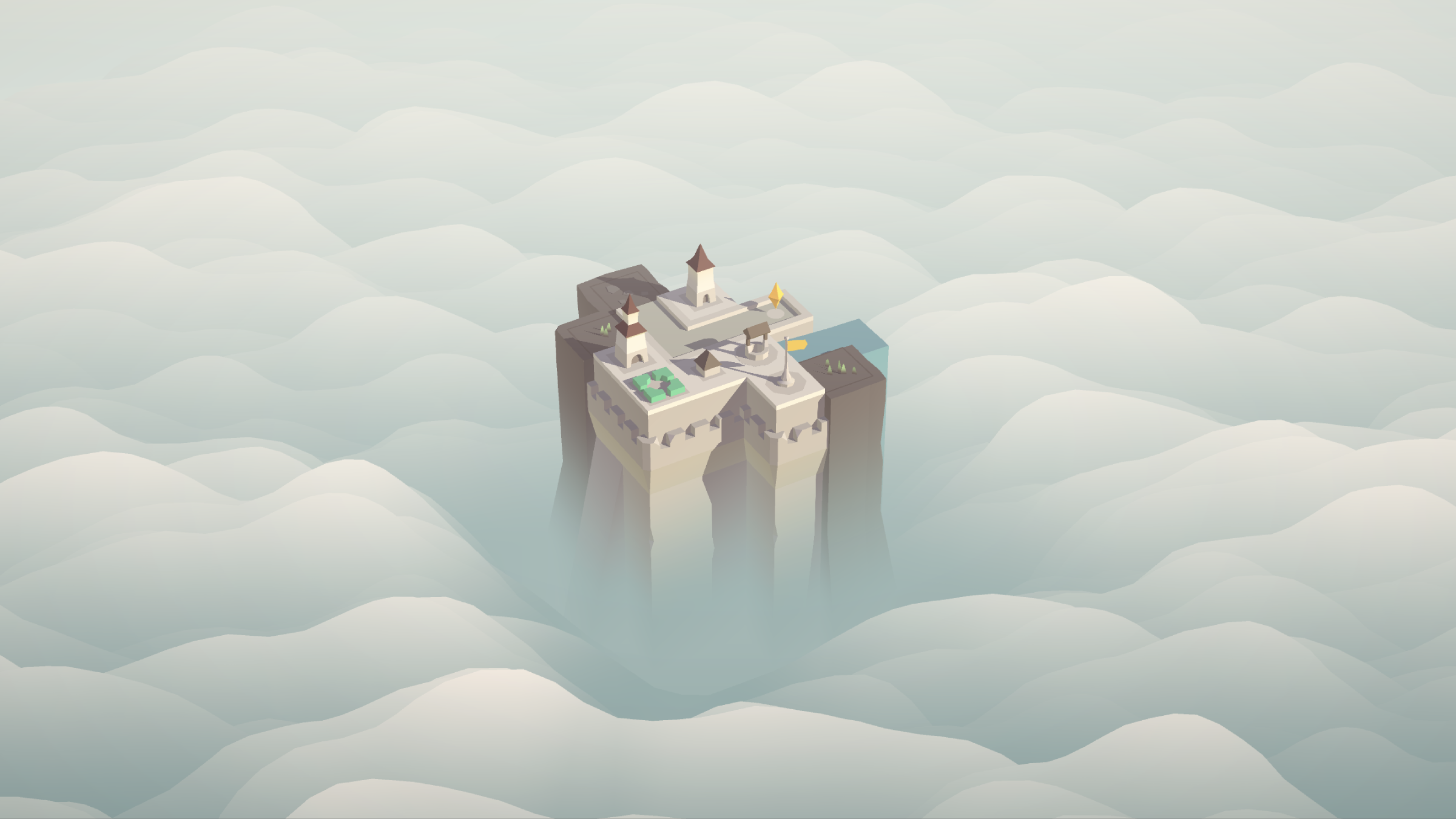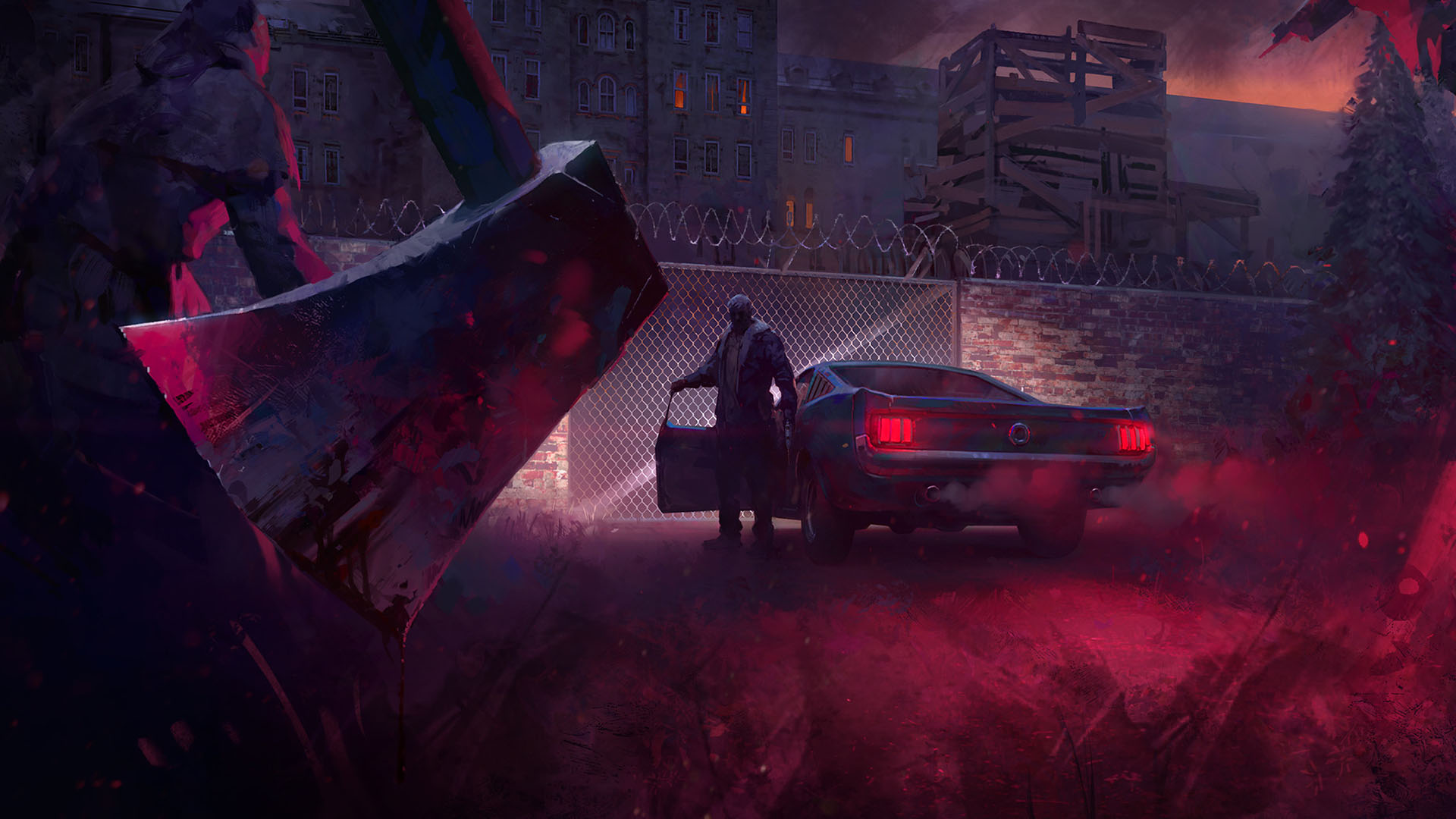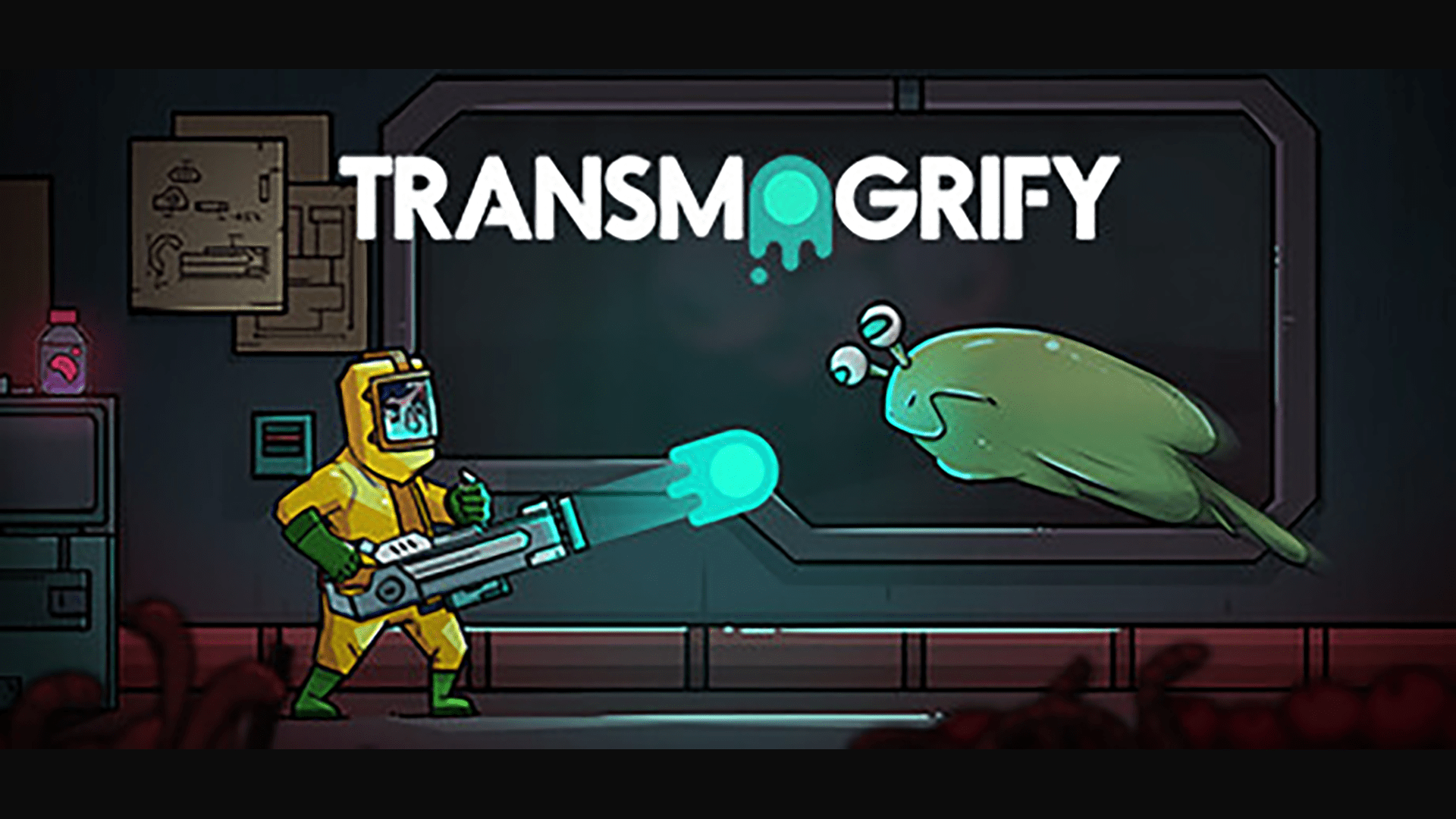So, here’s the gist of the indie video game Isle of Arrows. You’re on a cute island surrounded by tranquil clouds and held aloft by steep cliffs. Here, you have a fancy yellow crystal. Unfortunately, you also have the invaders — faceless warriors folks dressed in pink that crave the crystal for purposes unknown. Even worse, the invaders get beefier and more numerous with each turn.
They will descend upon your precious crystal in waves from their spawn point, swords, and shields in tow. Your job is to make their path there as menacing, confusing, and straight-up murderous as possible. If you fail to protect your crystal for too long, you will die beneath their steely embrace: your heart counter whittling down to one.
But no fear! You have many nefarious means of protection. You can place more distance between the invaders and your crystal using carefully placed tiles reminiscent of cute medieval-themed board games like Settlers of Catan, creating a death labyrinth for the invaders to navigate.
The initial idea behind Isle of Arrows was based around a “tower defense version of the board game Carcassonne”, says Daniel Lutz, the solo developer behind Gridpop and creator of Isle of Arrows.
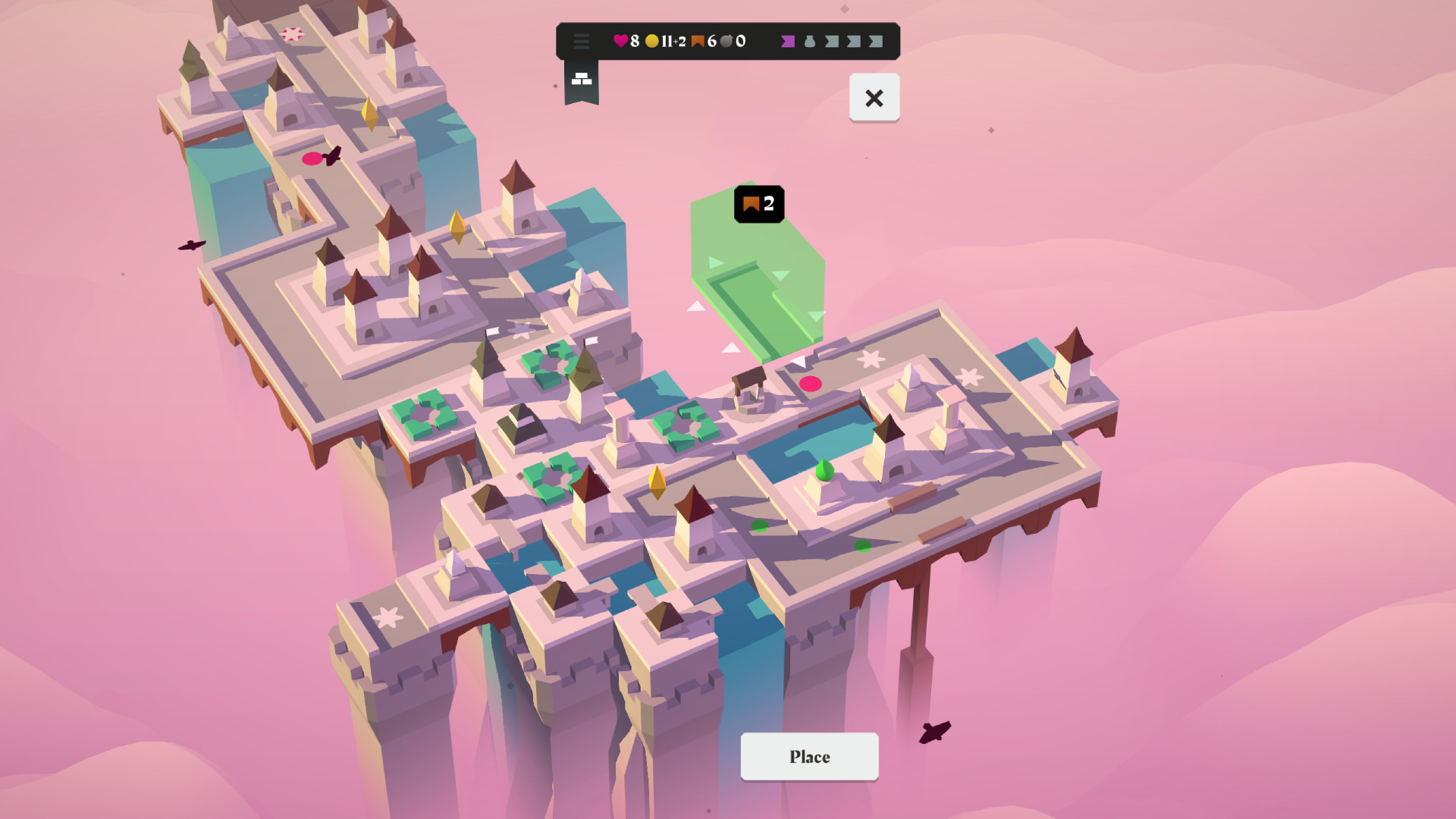
“Isle of Arrows can be a bit of a curveball for tower defense fans, as it plays quite differently from classic tower defense games,” says Lutz. “The focus is not so much on upgrading towers and dealing increasingly big numbers of damage, but about finding the perfect spot for each tile. In my experience so far, board game fans are usually quite familiar with these mechanics — maybe more so than strategy video game fans.”
And many, many towers you will build. Giant hurtling cannons and fancy death monuments that shoot out all manner of pointy things. You also lay down devious traps wrought from the likes of ice, poison, and fire, which will slow and perplex your invaders as they make their grim march in ever-increasing waves.
Also Read
Transmogrify PC Review: The Best Way To Defeat An Enemy
A video game protagonist wakes up in an on-fire science lab with nothing but an AI and a high-tech gun to…
Defy the Gods as a Witchy Moon Goddess in Hades 2
Greek-mythology-themed roguelike Hades is getting a sequel, but developer Supergiant has kept the details scant beyond a Hades 2 reveal trailer…
All of your towers and tiles are generated through cards, which you pick (or buy) each turn. But here’s the rub. The cards are randomly generated. So while you might have a great, gleaming death machine construct drawn out in your mind, you are, as the saying goes, getting the cards you’re dealt.
“It’s good to plan out a certain strategy or setup,” advises Lutz, “but it’s crucial to adapt with each tile placed as you don’t have control over the cards you’re given.” Strategic placing is key too: towers such as the cannon model, are better placed as close to the enemy spawn point as possible, as they can take out a group of weaker enemies quickly.
And not all the tiles are for killing. Plenty of them bestow handy strategic solutions like expanding your island or generating gold, while others can be placed to buff structures around them for further bloodshed. “Building a good economy early on can go a long way,” adds Lutz. “Save coins whenever possible.”
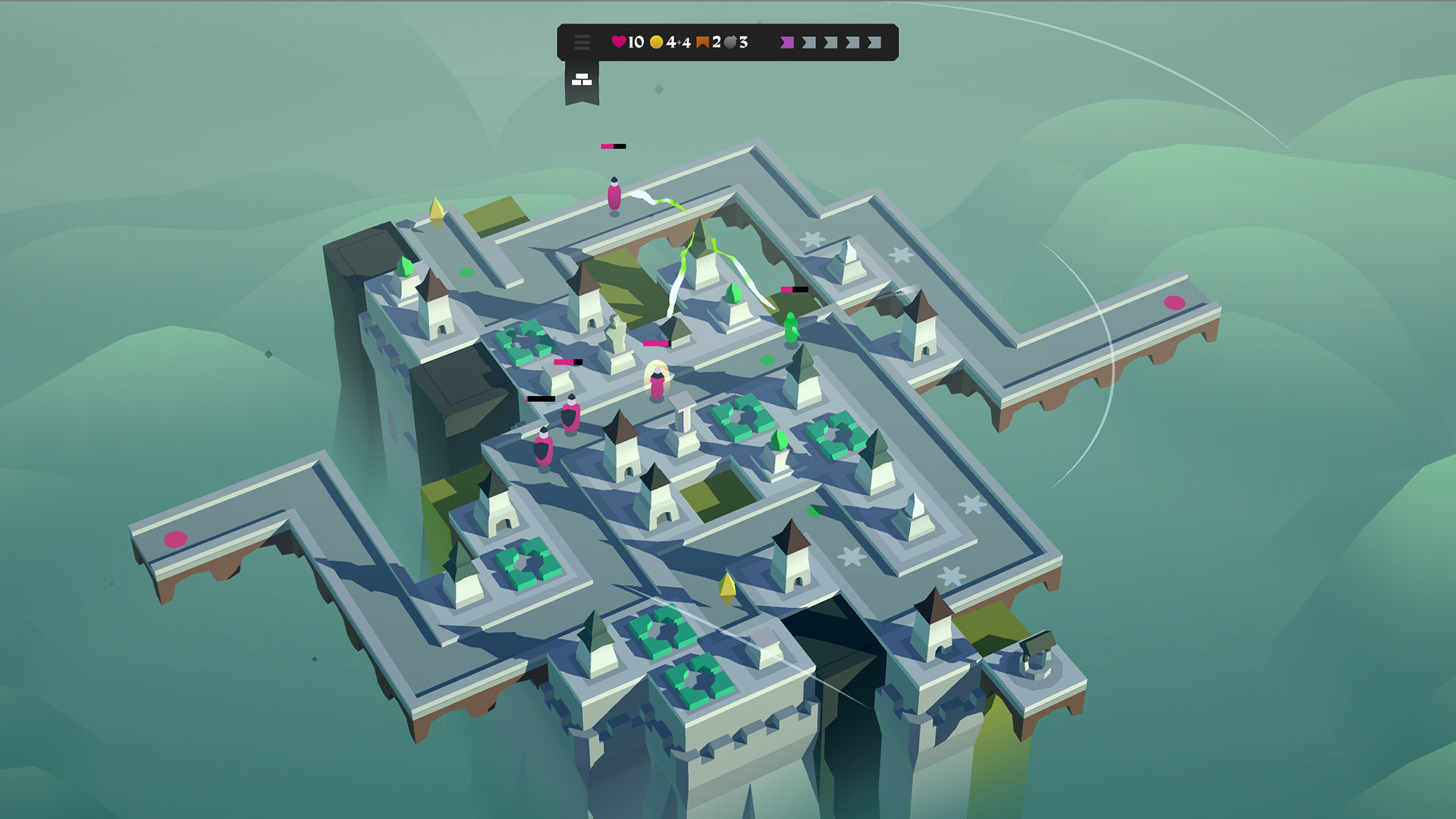
In total, there are over fifty tiles to unlock in Isle of Arrows. And while I breathed a heavy sigh of relief as some cropped up after many an appeal to the gaming (and other) gods, I also spent tons of in-game resources flipping through tiles that weren’t fit for my purposes.
The tenuous nature of the cards makes playing Isle of Arrows feel like Civilisation fed through a capricious yet somewhat benevolent slot machine. It’s better than it sounds, and once you get into your building groove, rather immersive.
I found myself caught between constructing the maze-like paths needed to deter the invaders, while also desperately buffeting up all my killing tower and trap reserves. And of course, just as I got comfortable, Isle of Arrows generated yet another crystal and, you guessed it, an invader spawn point a mere three spaces away from it.
Most fiendish of all: both bases link to the same health pool. So if you get bashed too many times at both bases simultaneously, you die fast. The threat level at the new second crystal got quickly hurtled out of my control. Now, I was overseeing multiple precious crystals and thus constructing a multitude of island-based death machines. As you’d expect, my precious life hearts plummeted pretty fast fighting off the enemy on two frontiers simultaneously. My prayers and vague, gleaming strategies, it turns out, could only take me so far.
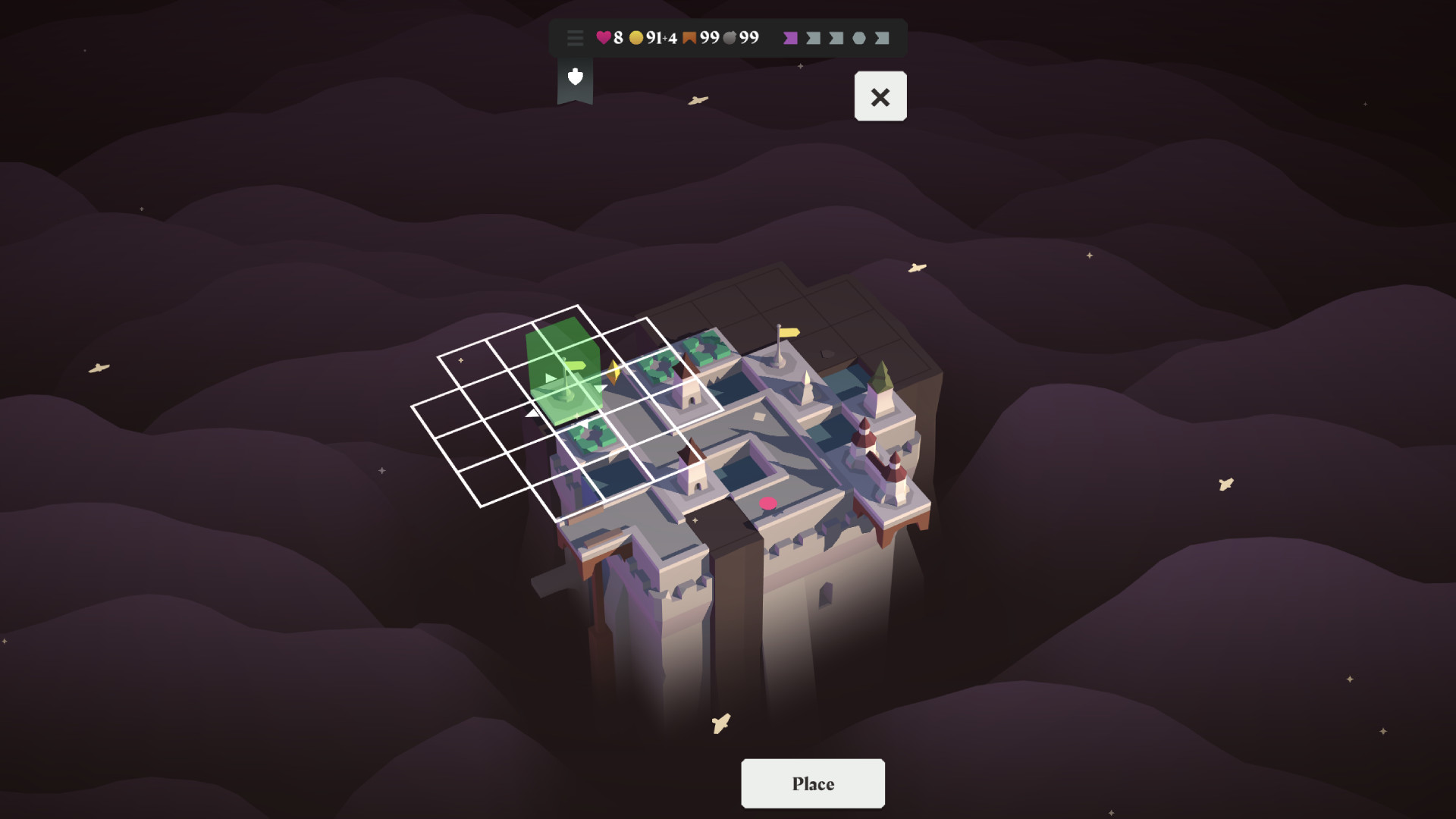
“I wanted the game to be difficult and challenging, but decided to adjust the balancing since release as a lot of players were struggling initially,” adds Lutz, who spent “a good quarter” of his time playing the game as part of testing throughout development. “In my experience, balancing is not an exact science and takes a lot of trial and error to get right.”
If anything, Isle of Arrow’s brutal strategy mechanics are at odds with its adorable aesthetic, but in a way that is uniquely satisfying. “Minimalism and the reduction to simple shapes is something that I’ve been interested in since the start of my career in games,” explains Lutz. “Isle of Arrows is built on low poly 3D models and a very limited color palette. Its aesthetic often gets compared to Monument Valley and Lara Croft GO, which I worked on during my time at Square Enix.”
During his time at the company, Lutz discovered that he enjoyed making games with strict rulesets. “I find that once the core loop of mechanics is put in place, these games somewhat design themselves,” he says. “This approach was similar for both the GO games and Isle of Arrows. All mechanics and ideas are derived from the basic building blocks: the movement and puzzle solving in the GO games, plus tile placement in Isle of Arrows.”
Isle of Arrows is a very replayable game, and nothing quite beats looming over your enemies with a powerful tower on high ground — almost touching the clouds. It’s just as much fun, as it is horrifyingly difficult.
Although I am non-versed in the magical arts of tower defense as a game genre, I found my strategy head (and my constant need to kill) kicking in, making Isle of Arrows an absolute delight. And like any fan of tiny swords, fields, and monuments, I loved watching my adorable labyrinthine death contraptions pick away at the invading hordes as they tried, in vain, to get to my fancy yellow crystal.

